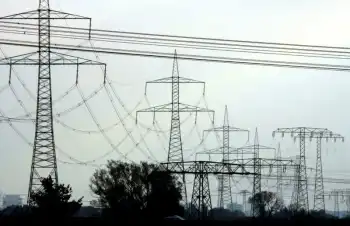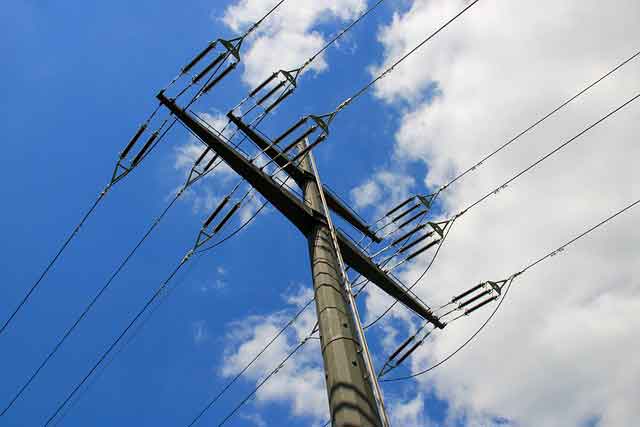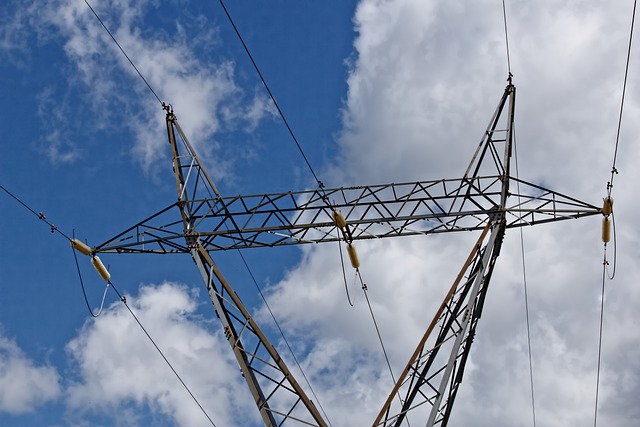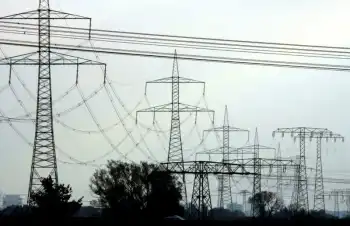New Central Plant largest to meet LEED Gold standard
By Business Wire
CSA Z463 Electrical Maintenance
Our customized live online or in‑person group training can be delivered to your staff at your location.

- Live Online
- 6 hours Instructor-led
- Group Training Available
The 78,000 square foot facility is the largest of its kind in the western United States and will operate on 90 percent less water than its predecessor. Because of the new plant's progressive "Green" design, it will help the state reduce energy costs; cut water usage and provide better reliability to state buildings.
In less than two years, more than 300 local construction workers built the state of the art facility in the heart of downtown. The design of the seven story tall plant allows enormous chillers, pumps and boilers churning inside to be nearly silent to the neighbors living across the street. The Department of General Services built the new facility to meet and exceed the goals set by Gov. SchwarzeneggerÂ’s in his 2004 Executive Order that directed the "greening" of state buildings. The new central plant will achieve the Leadership in Energy Efficiency and Environmental Design (LEED) Gold certification from the U.S. Green Building Council next year.
"California leads the nation in green building design and construction and with this project we have set the bar for reaching beyond the ambitious goals the governor laid out for us," said the Secretary for the State and Consumer Services Agency, Fred Aguiar. "This Central Plant will be the 17th building weÂ’ve constructed to meet the most comprehensive energy efficiency and environmental design criteria in the world. It allows us to launch an effort to reduce energy consumption in all our downtown state office buildings in the coming years."
Since its groundbreaking, the Central Plant project was responsible for putting between 75 to 375 full-time construction employees to work every day. During the peak manpower on the project, from November 2008 to March 2009, the central plant project put approximately $3.5 million dollars per month in payroll into the local economy.
"These are well-paying jobs that have enabled hard-working local professionals to support their families during difficult economic times," said Kelly Smith, Vice President of Skanska of Oakland, the stateÂ’s general contractor for the project. "It is the responsibility of Skanska to make sure all of these workers get home safely and we are proud to announce that we achieved 575,000 consecutive man hours of labor with no lost-time accidents."
"IÂ’m very proud of the work our entire construction team put in building this critical state building project on time and on budget," said DGS Director Bush.
Each day, the plant provides the steam and chilled water to heat and cool more than 5.5 million square feet of office space in state-owned buildings throughout the downtown core.
The old plant was built in 1968. Over the past 40 years since it was built, the old facility had reached its operating capacity as construction of new state buildings in the Capitol area has increased nearly 24 percent. During the 2008 summer, a chiller went down, causing DGS to bring in portable chiller units to maintain temperatures in state buildings. Demolition of the old plant will begin in October and will include the recycling of much of the demolition material.
The new plant incorporates the latest technological advances to help the state reduce its energy costs and greatly reduce the amount of water needed within the plant. The new facility includes cooling towers to release heat pulled from state buildings and reuse the water that goes through the plant. The more technologically advanced central plant uses more than 95 percent less water than the old plant and can operate off the electrical grid during an emergency.
A second phase of the project will include construction of a 140-foot-tall, 4.25 million gallon, thermal energy storage tank to store reserves of necessary chilled water produced during off-peak energy demand times for use during the heat of the day. Solar panels will also be installed on the new facility to power the energy needs of the office space within it.
The central plant was designed and constructed by the design/builder, Skanska USA Building, Inc., with local Sacramento firm, Nacht and Lewis Architects, San FranciscoÂ’s Flack and Kurtz, plus Lawson Mechanical and Redwood City Electric and a host of other designers and subcontractors working with the state and its major consultants, Capitol Engineering Consultants, Inc. and Lionakis Beaumont Design Group, and Jacobs Engineering Group, Inc.











